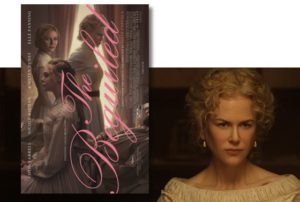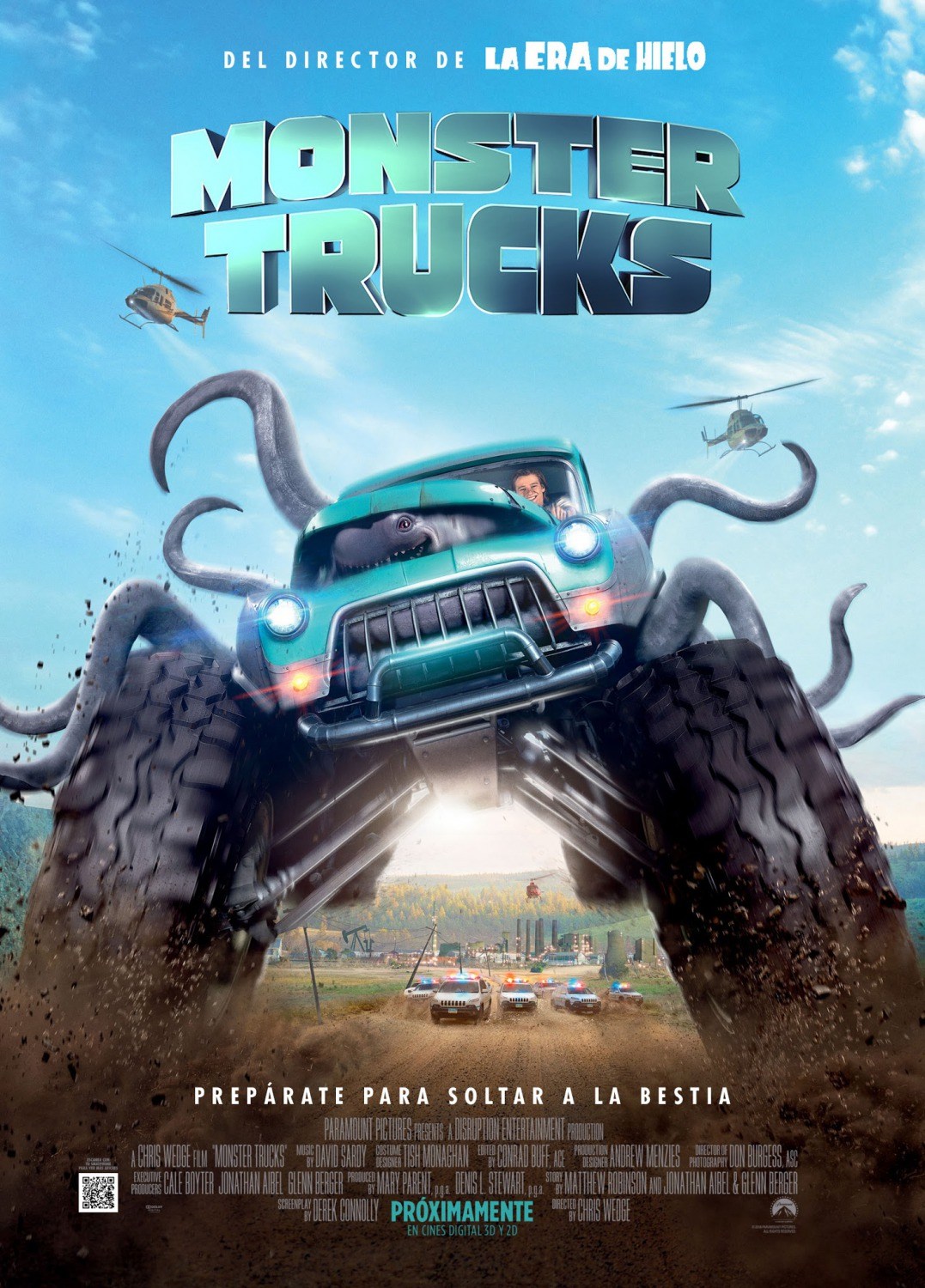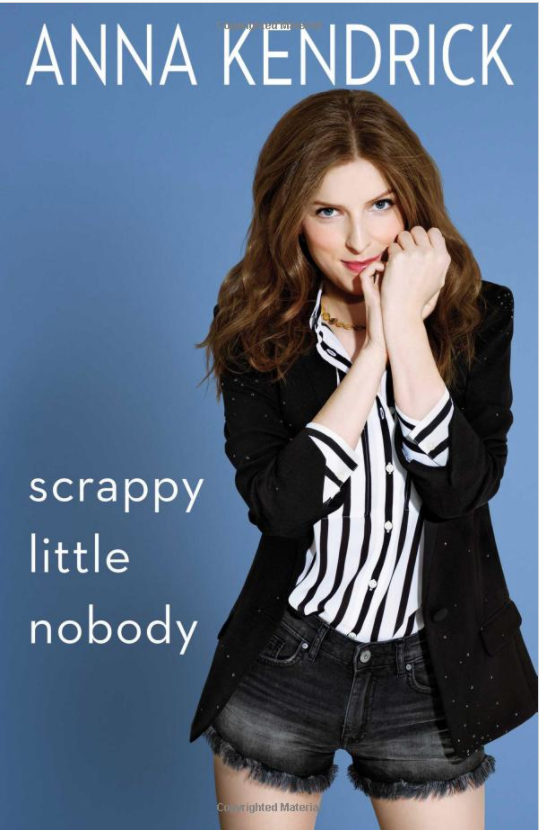Beguiled — The Male and Female Gaze
Posted on June 29, 2017 at 3:52 pm
The best way to see Sofia Coppola’s “Beguiled” is to pair it with the original version, starring Clint Eastwood and directed by Don Siegel. Her film is really in conversation with the 1971 version. Both are the story of a wounded Union soldier who disrupts the lives of the women at a sheltered Southern boarding school in the midst of the Civil War. Each reflects its time as well as its director. Don Siegel directed such testosteronic classics as “Dirty Harry” and “The Killers.” In his version, the schoolmistress played by Geraldine Page is a bit unhinged (she had an incestuous relationship with her brother). The sudden arrival of a man (a literal enemy) is profoundly unsettling to all of the women but the implication is that the absence of men put them on the brink. 
One reason Sofia Coppola decided to do a remake for the first time was to tell the story from the perspective of the women, and that has provoked some especially thoughtful commentary. In her version, the women are generally stronger and more resilient. Coppola’s decision to omit a slave character has drawn some criticism, but she said that she could not do justice to the character and that she wanted the girls and their teachers to feel abandoned and to be forced to learn to take care of themselves.
Ms. Coppola said that she did not give any thought to a female gaze, but that she did see differences in how she and Siegel handled the same material. “Siegel told his film from a male perspective of a guy surrounded by crazy women. I tell mine through the filter of women’s frustrated desires,” she said in a phone interview this month. She recalled that when Anne Ross, her frequent production designer, suggested that she watch the 1971 film, at the end the director thought, Let’s tell the women’s side of this. In Siegel’s version, the women are cast to type as slut, spinster, servant and so on, as if they represented the spectrum of female humanity. Ms. Coppola, who unlike Siegel is not judgmental about female sexuality, has more developed characters for the women.
On Rogerebert.com, Susan Wloszczyna writes about both versions, frankly admitting that she prefers the first.
I gave a pass to the Sunday-best sort of clothes that his keepers wear to impress McBurney, which are somehow crisp and wrinkle-free in such humidity. But then Coppola has the seven females don satin ball gowns with perfectly braided hair and fancy ribbons while serving a sumptuous Michelin-star worthy feast to the soldier on fancy china and crystal. Weirdly, we get to witness one of the younger students don a corset Scarlett O’Hara-style when she clearly doesn’t need one. Perhaps, by this time, the director can get away with such a fantasy sequence that feels like a War Between the States-themed prom.




